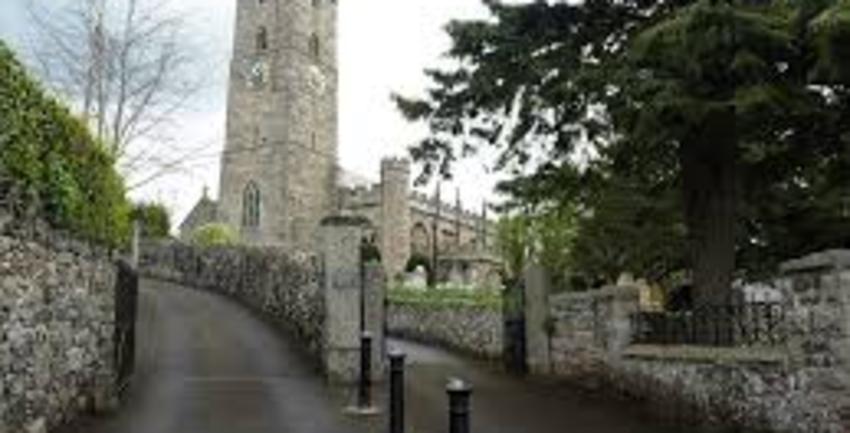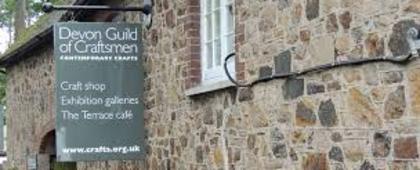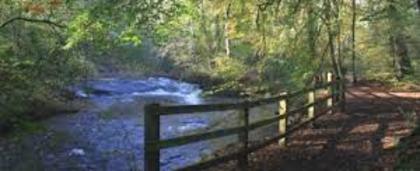Bovey Tracey is a small market town on the edge of the UK's largest National Park, Dartmoor, which offers a landscape of natural beauty, wildlife and adventure. As the ‘Gateway to Dartmoor’ the town provides a mixture of scenic parklands, historic buildings, attractions, many restaurants, pubs, independent shops and a whisky distillery. It also hosts a farmers market selling local produce and has a renowned Arts Centre situated in the 19th century water mill.




